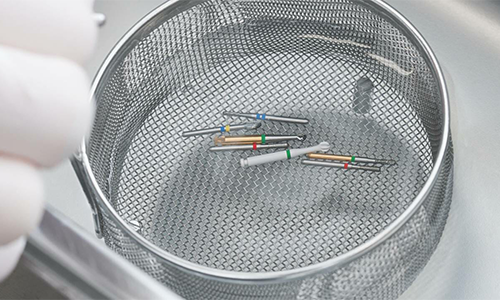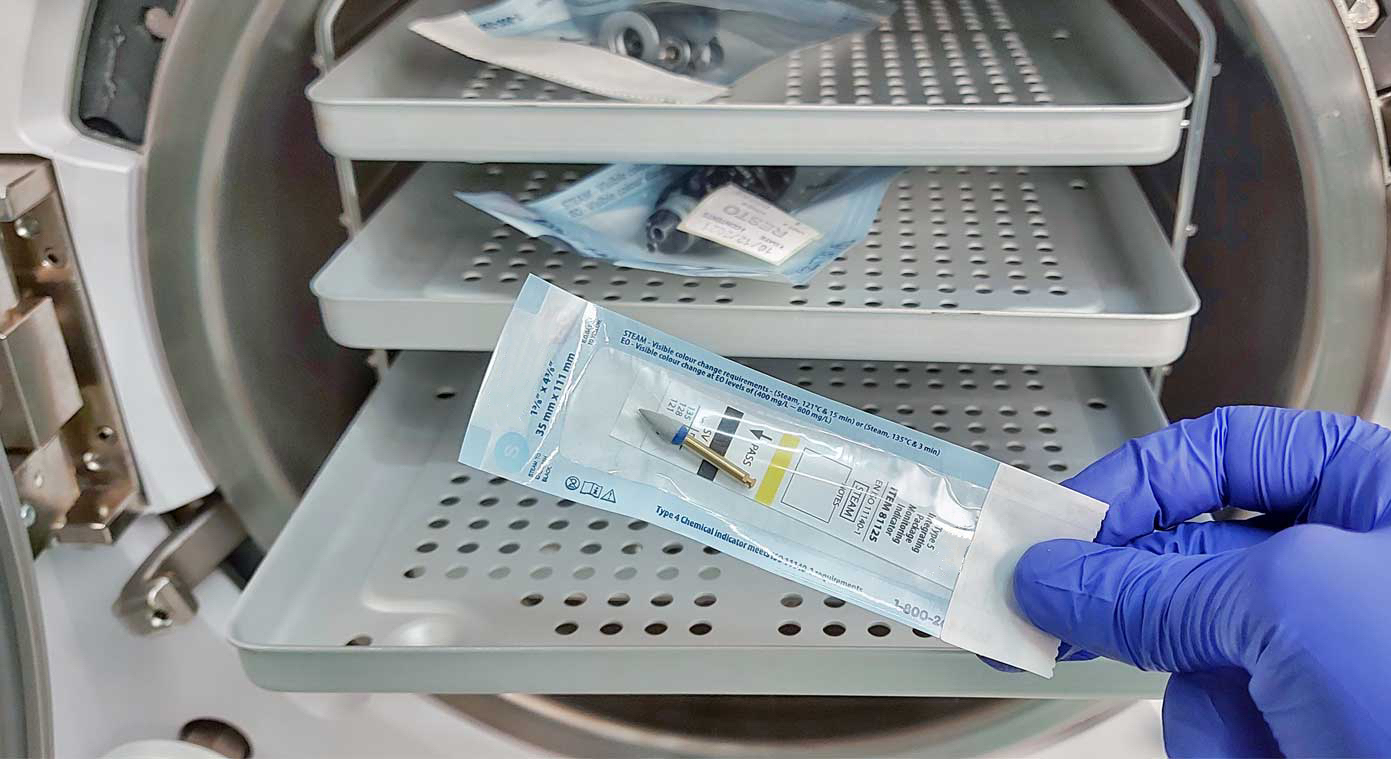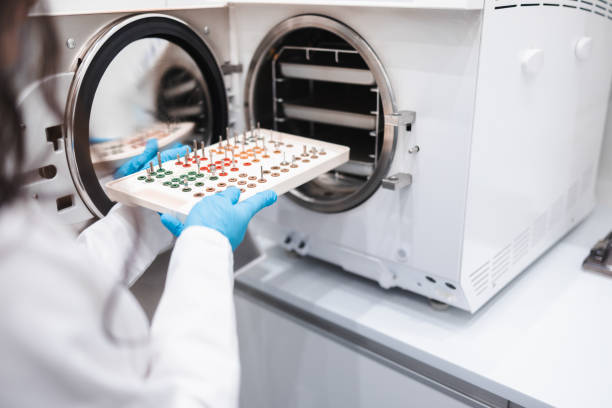Dental burs are an essential tool used in dental procedures to remove decayed or damaged tooth material. However, it's important to ensure that dental burs are properly sterilized before use to prevent the spread of harmful microorganisms and ensure patient safety.

Dental Burs Must Be Cleaned First
Before sterilization can take place, dental burs must first be thoroughly cleaned to remove any debris or organic matter that could interfere with the sterilization process. This can be done using an ultrasonic cleaner or a manual scrubbing process that involves a detergent solution and a brush.
Ultrasonic Cleaners
Ultrasonic cleaners use high-frequency sound waves to create tiny bubbles that remove debris and organic matter from dental burs. To use an ultrasonic cleaner, the dental burs are placed in a special basket or tray and immersed in a cleaning solution. The ultrasonic cleaner is then turned on, and the sound waves create tiny bubbles that scrub the surfaces of the dental burs, removing any debris or organic matter. The process typically takes several minutes, and the dental burs are then rinsed thoroughly with water and dried before sterilization.
Manual Scrubbing
Manual scrubbing involves using a brush and a detergent solution to clean the dental burs. To do this, the dental burs are first soaked in the detergent solution for a few minutes to loosen any debris or organic matter. They are then scrubbed using a brush, making sure to reach all surfaces of the burs. The brush should be soft enough to avoid damaging the dental burs but stiff enough to remove any debris. After scrubbing, the dental burs are rinsed thoroughly with water and dried before sterilization.
Dental Burs Should Then Be Sterilized

Once the dental burs have been thoroughly cleaned, they should then be sterilized using one of several methods, including steam autoclaving, dry heat sterilization, or chemical vapor sterilization. Each method has its own advantages and disadvantages, but all are designed to kill any harmful microorganisms that may be present on the instruments.
Steam Autoclaving
Steam autoclaving is perhaps the most common method used by dentists, as it is effective, reliable, and relatively easy to use. This process involves placing the dental burs in a special sterilization pouch or cassette, which is then sealed and placed in the autoclave. The autoclave uses high-pressure steam to sterilize the instruments, killing any microorganisms that may be present.
Dry Heat Sterilization
Dry heat sterilization is another option, but it tends to be less common due to its longer sterilization times and the fact that it can cause some materials to rust or corrode over time.
Chemical Vapor Sterilization
Chemical vapor sterilization is also an option, but it requires the use of a special sterilizing agent and may not be suitable for all types of dental burs.
Regardless of the method used, it's important to ensure that the sterilization process meets all regulatory requirements and guidelines. For example, the Centers for Disease Control and Prevention (CDC) recommends that dental burs be sterilized at a temperature of at least 270 degrees Fahrenheit for a minimum of 15 minutes.
Dental Burs Must Be Handled Carefully After Sterilization
After sterilization, the dental burs must be handled carefully to prevent contamination. They should be kept in their sterilization pouches or cassettes until they are ready to be used, and dentists should avoid touching them with bare hands. In addition, the dental burs should be inspected regularly for signs of damage or wear and tear, as this can compromise their effectiveness and potentially harm patients.
It's also important to note that dentists must keep detailed records of their sterilization procedures, including the date and time of sterilization, the type of sterilization method used, and the expiration date of the sterilization pouches or cassettes. These records must be kept for a certain period of time (usually several years) and made available to regulatory agencies upon request.
Conclusion
Proper sterilization of dental burs is essential for ensuring patients' safety during dental procedures. By following the necessary cleaning and sterilization procedures, dentists can help protect their patients from harmful microorganisms and provide high-quality dental care.



